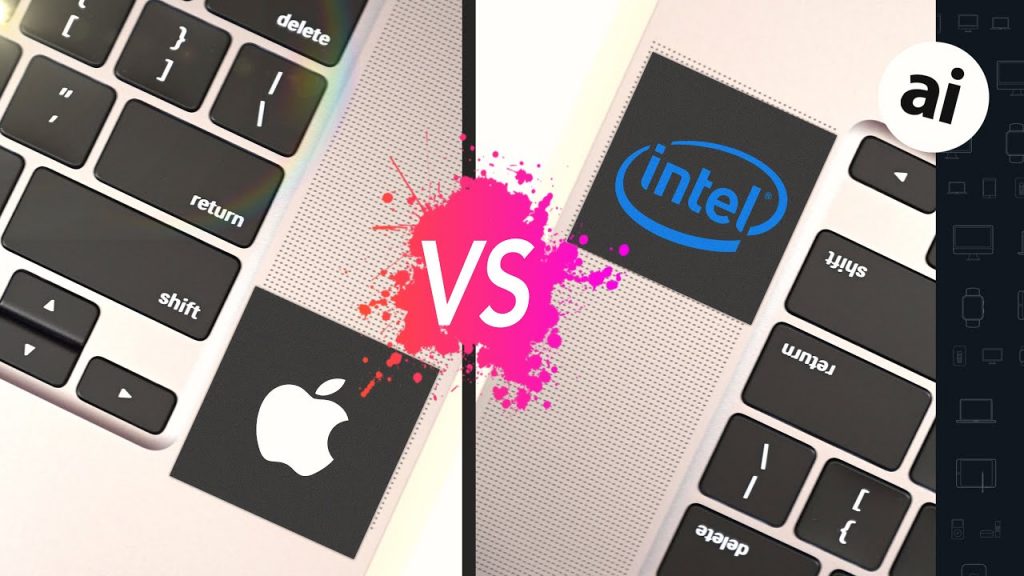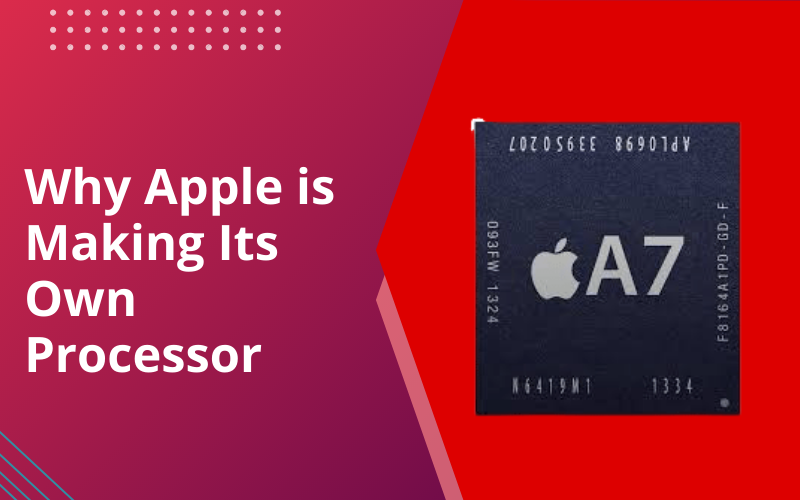Apple announced at the Worldwide Developers Conference (WWDC) that it will start shipping Macs instead of Intel chips with its own custom Apple Silicon processors, something that was confirmed at the company’s “One More Thing” event in November. These chips are based on ARM models, something that is already used by Apple in its iPhones and iPads.

Apple has become the world’s only computer company that designs and produces its own processors. This is the equivalent of Intel creating its own computers as well as computers powered by them, or Microsoft manufacturing processors. This also means more revenue to Apple that does not need to be shared with any other companies and no compromises in any manner on performance or efficiency.
Why is this change being made? And what can you expect from a new Silicon Mac from Apple? Right here, we have the answers to your questions.
Why Apple is moving away from Intel?

In recent years, the rate of innovation and enhancement at Intel appears to have slowed, probably prompting Apple to look for a solution elsewhere. According to Apple, it is about creating the next era of products. Over the years, company had claimed that its iPad and iPhone chips are the world’s most energy-efficient chips that consume less power while also providing best performance. Together with its other advanced features, it also wants to apply this effectiveness to a new SoCs (system on a chip) in the new products. Control is the second major contributor in Apple’s decision. For its processors, Apple could have simply switched to AMD, but this would still leave it with the lots of issue. Apple can now coordinate with its both hardware and software teams by bringing the processor designs, ensuring each takes advantage of the other’s features. Apple will be able to have universal apps as the core of its new macOS Big Sur operating system with its own M1 processors that power the new range of Macs.
What is ARM?

ARM chips is famous for lower power consumption ,making them ideal for phones, tablets and smart home devices. The ARM (standing for Advanced RISC Machine) structure, designed by Arm Holdings, is used in all Apple’s A-series chips. Apple has extensively used ARM designs; for example, every iPhone and iPad ever released has used an ARM-based processor. That efficiency also makes ARM processors attractive to businesses like Apple, because without necessarily sacrificing performance, it would enable them to build thinner and lighter devices.
Will Apple processors be as powerful as Intel processors?

This is a hard question to answer, largely because few consumer companies have produced computers that are ARM-enabled. According to Bloomberg, Apple’s internal testing has demonstrated that its upcoming Apple Silicon chips outperform Intel equivalents, particularly in graphics and artificial intelligence while consuming less power. This was also confirmed at WWDC by Apple, where it revealed that its new chips aim to combine top-level performance with minimum levels of power consumption. Microsoft released the Surface Pro X with an ARM chip is one exception that is claiming to provide 3 times better performance than Surface Pro 6 based on Intel.
Apple has demonstrated some of the performance of these chips on a Mac running on an A12Z Bionic processor, the same one used in the latest iPad Pro. The Mac was able to play back 4K video clips with live effects applied to Final Cut Pro, as well as three 4K Pro-Res footage streams. In fact, some of the apps will now run seamlessly on Macs from these smaller mobile screens. It will soon have a better grip on what developers do, while making it easier to create apps that work across different types of Apple devices, with Apple facilitating the easy transition of legacy apps to the new universal app format. We’ll have to wait a little bit to say that.
Should you buy the first Apple Silicon Mac?

Passing on first-generation technology is often wise decision so that it can be further refined and perfected down the line. With such a monumental move as the changeover to Apple Silicon processors, that is likely to be the case. While Cook said the company will continue to support the older models, to see what the new systems have in store, it seems worth holding out on an upgrade. The new M1 processor will offer better power efficiency with integrated graphics, while being much faster than previous Macs. It will also not be long before Apple can think of a Mac that has its own connectivity, since this is similar to mobile.
You may have to sacrifices a little bit in the first-generation Apple Silicon Mac. Will your favorite app work or will you have to wait for it to be ready? And if it’s working, is it working without compromise, or is it going to be a shadow of its former self? Will you work with your new Mac on your peripheral devices, or will you have to wait for their manufacturers to update their software to work as well?
This being a developer conference, Apple also announced a Developer Transition Kit to get developers started on the new Macs. The DTK is basically a Mac Mini souped-up that will give individuals a head start before the systems actually arrive. However, despite the move, the company says it makes it easier for developers to build apps that work on old and new Macs alike, a significant caveat given that it will be a while before most users upgrade. The new architecture is already being developed by a number of developers, including Microsoft.
If Apple believes that its ARM processors can outperform its Intel counterparts, that suggests that an outstanding performer could be the first Apple Silicon Mac. The news about internal testing by Apple is encouraging. Before releasing something, Apple usually waits until it feels it can make the best product in its class, rather than rushing to market with an inferior product just so it can claim to be first.
Conclusion:
There are still plenty of unanswered questions on that front. And in terms of the promised improvements to processing power and battery life, it seems likely that Apple will wait for specific product announcements to really drill down on what the new chips will mean. That was a well-polished keynote moving at breakneck speed. Because of that uncertainty, it might be best to wait for reviews and compatibility confirmations before taking the plunge.
